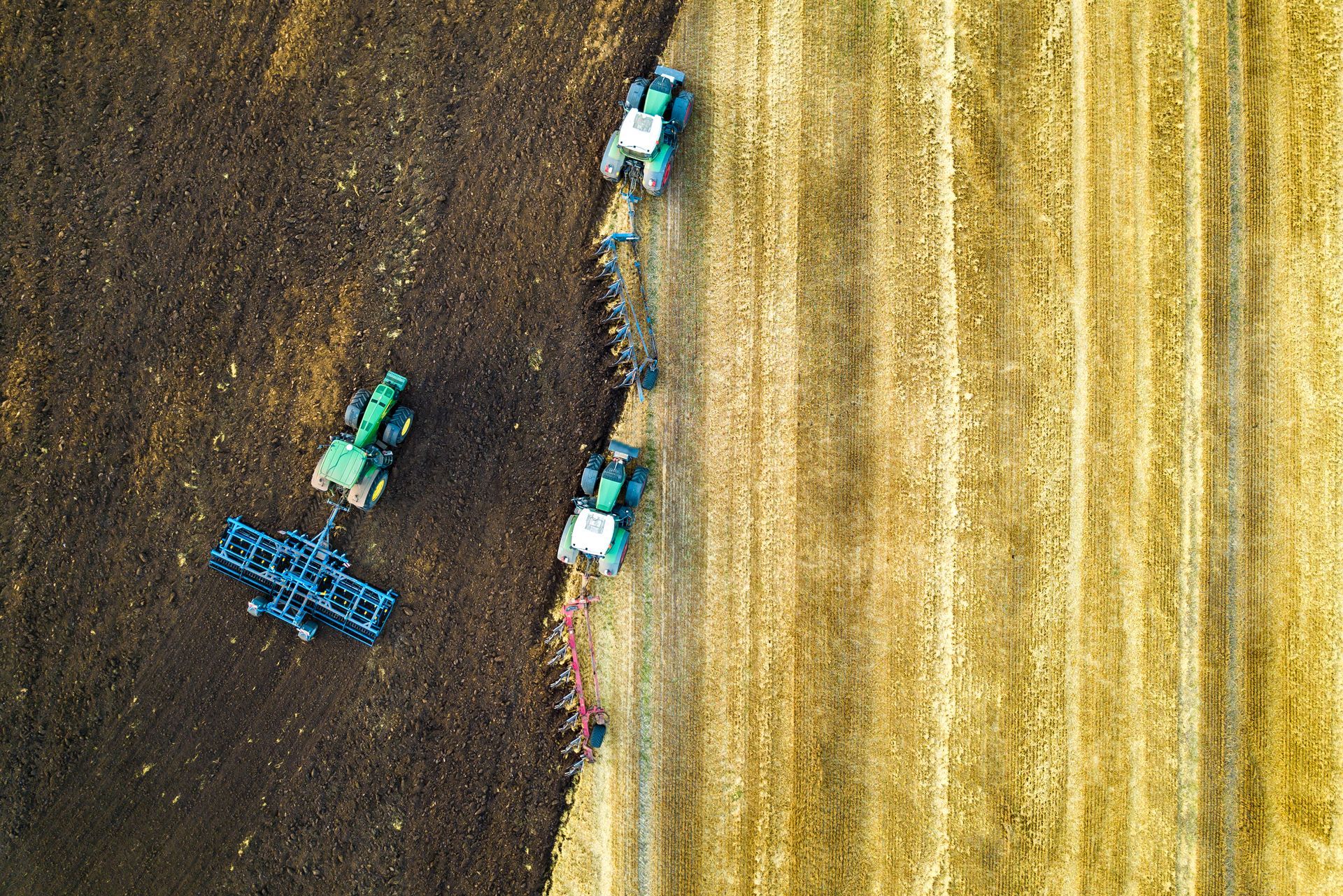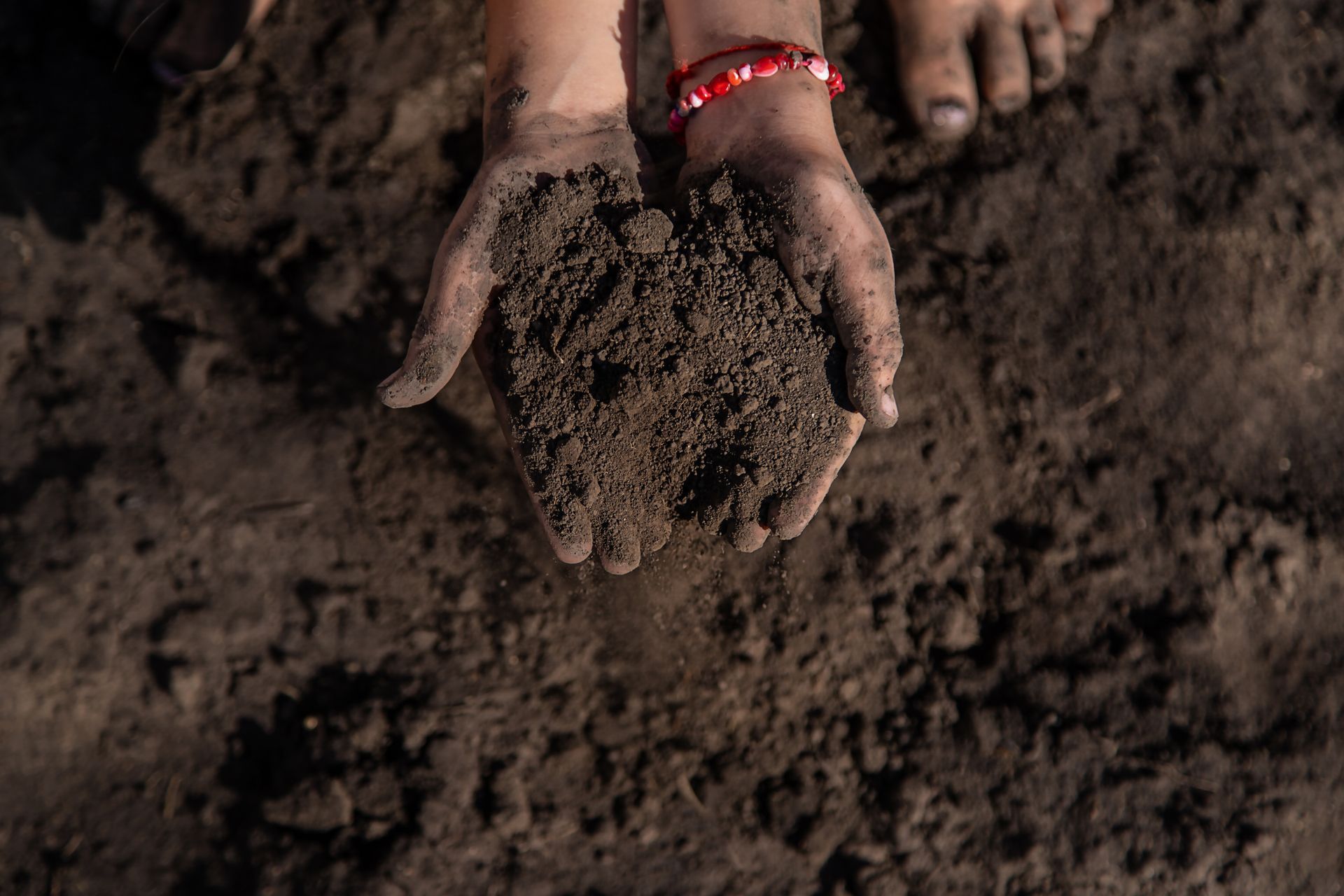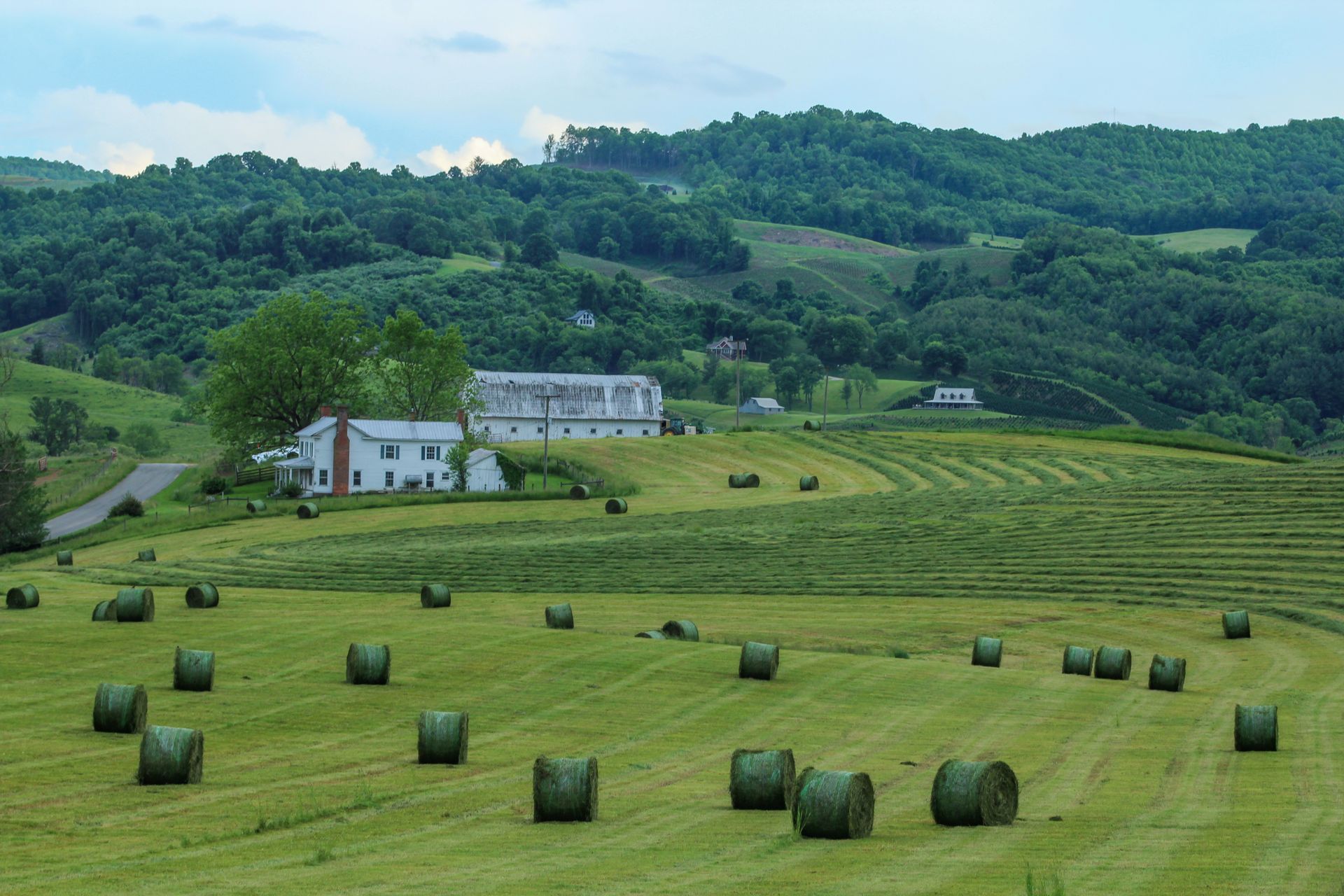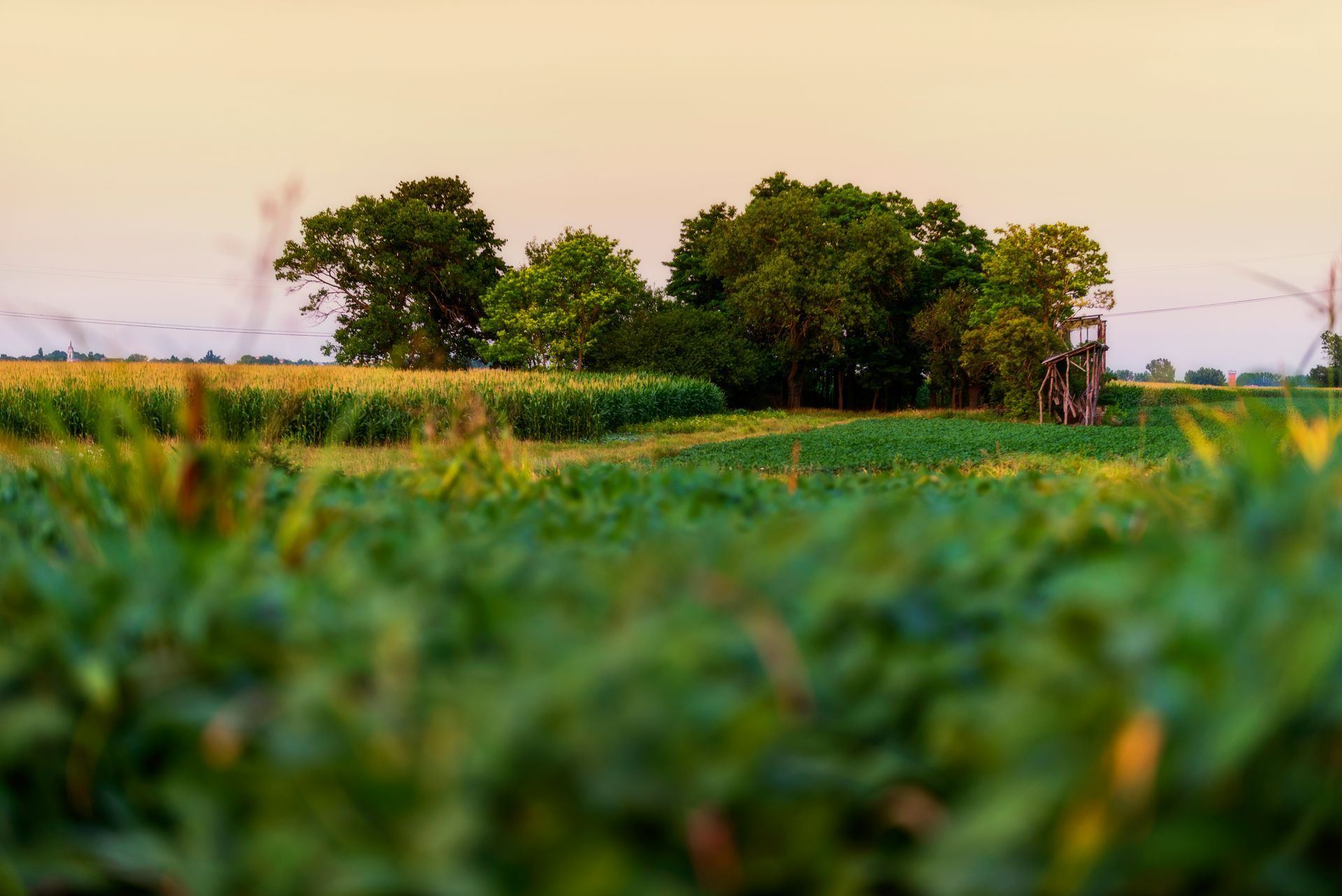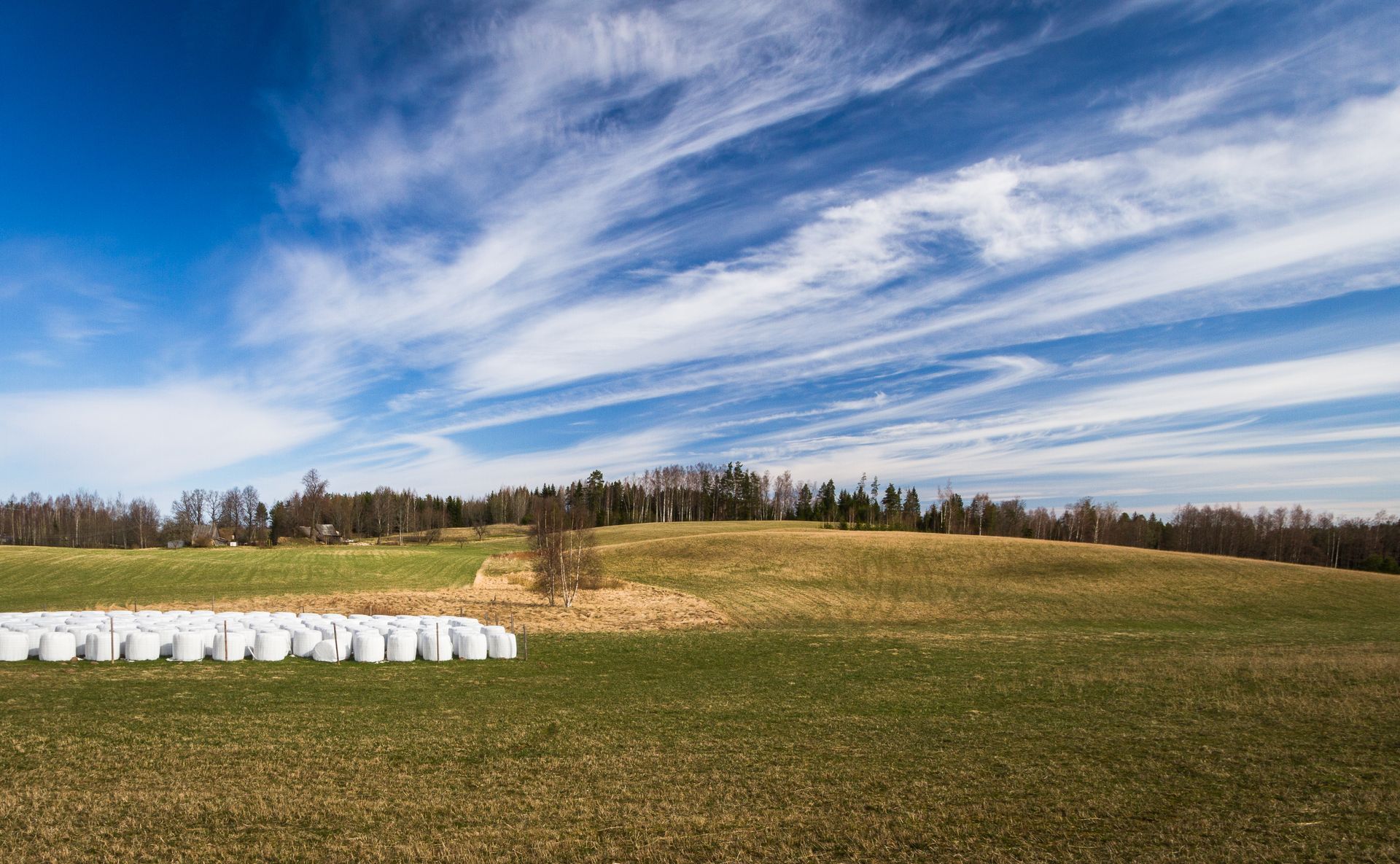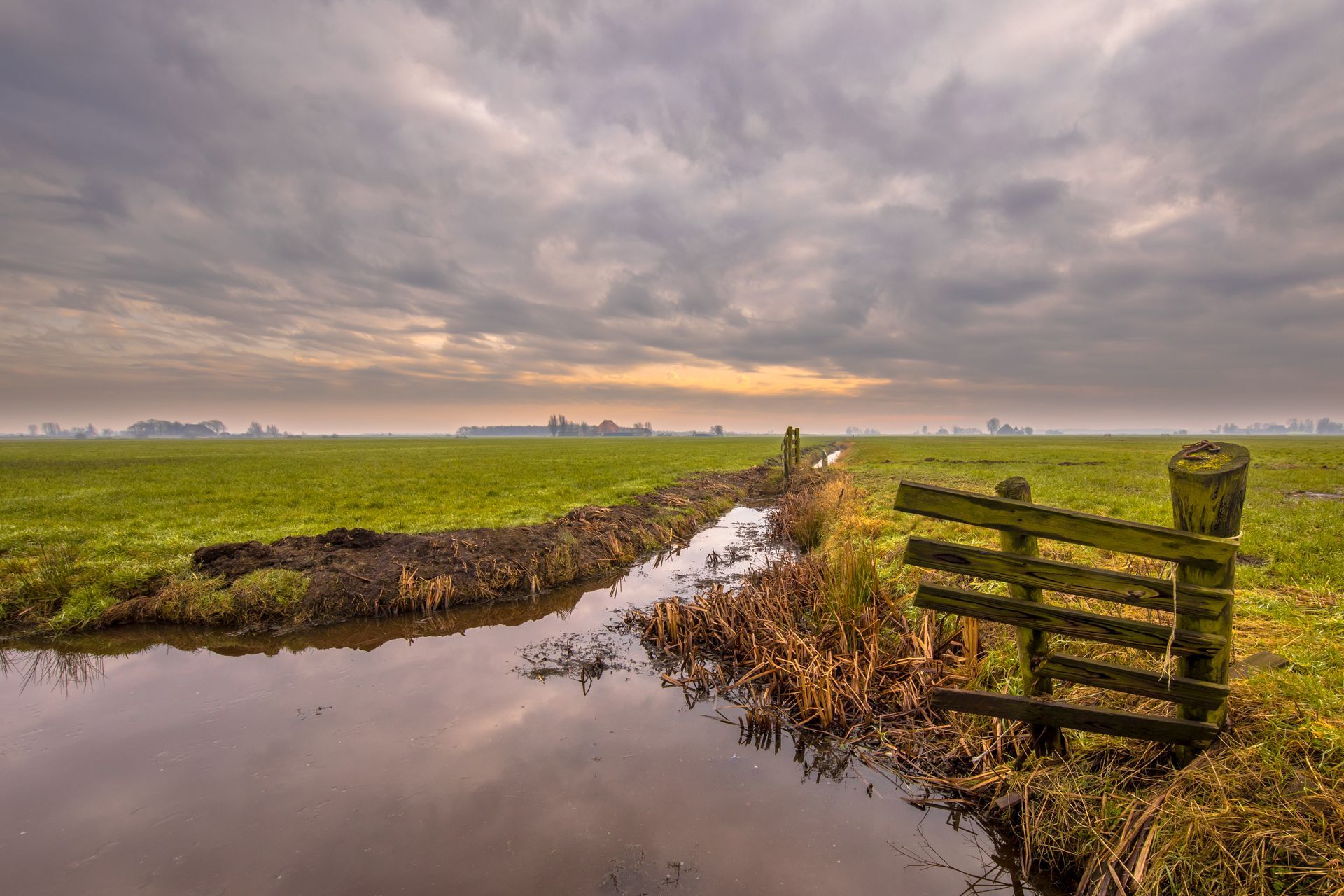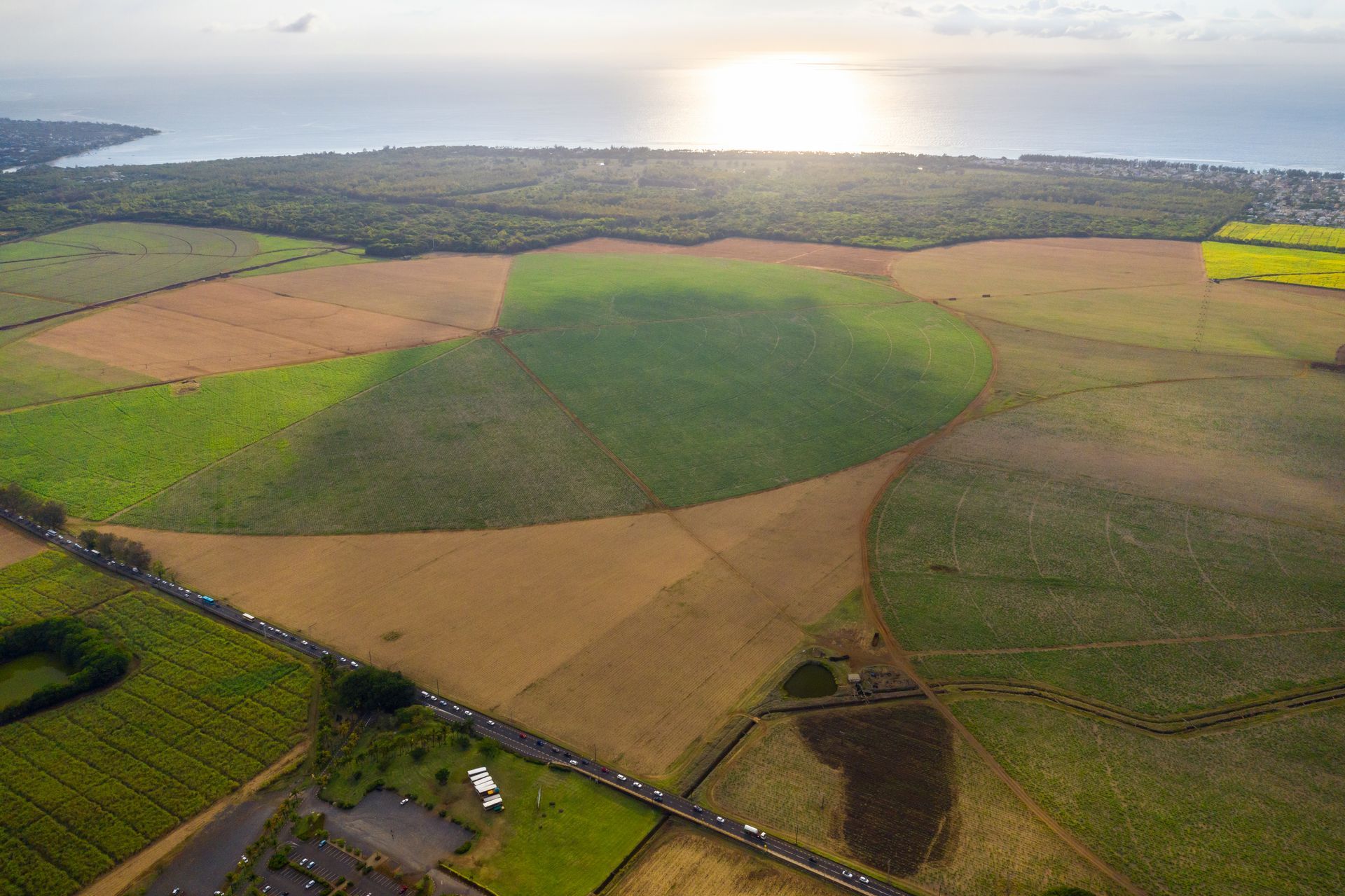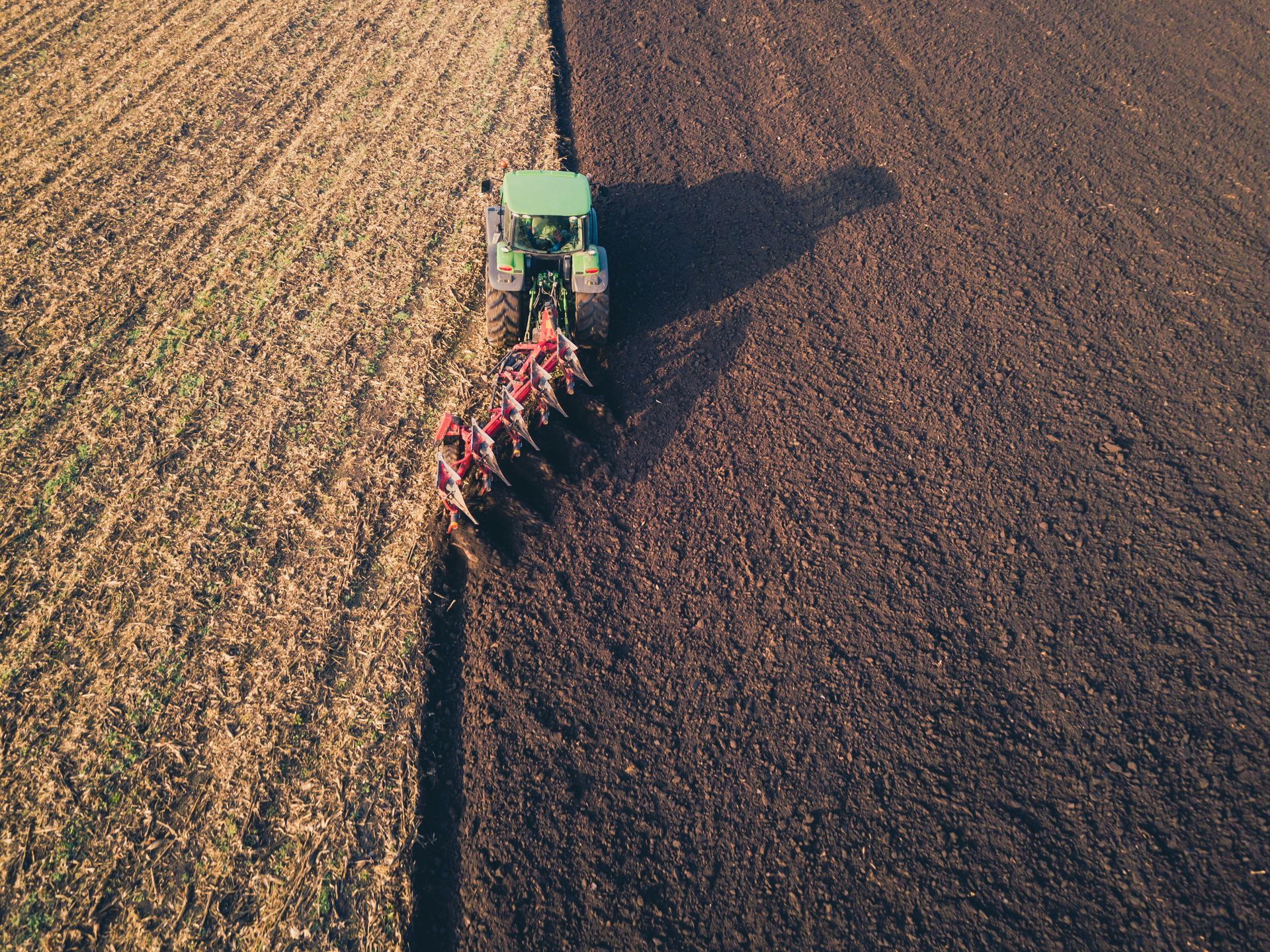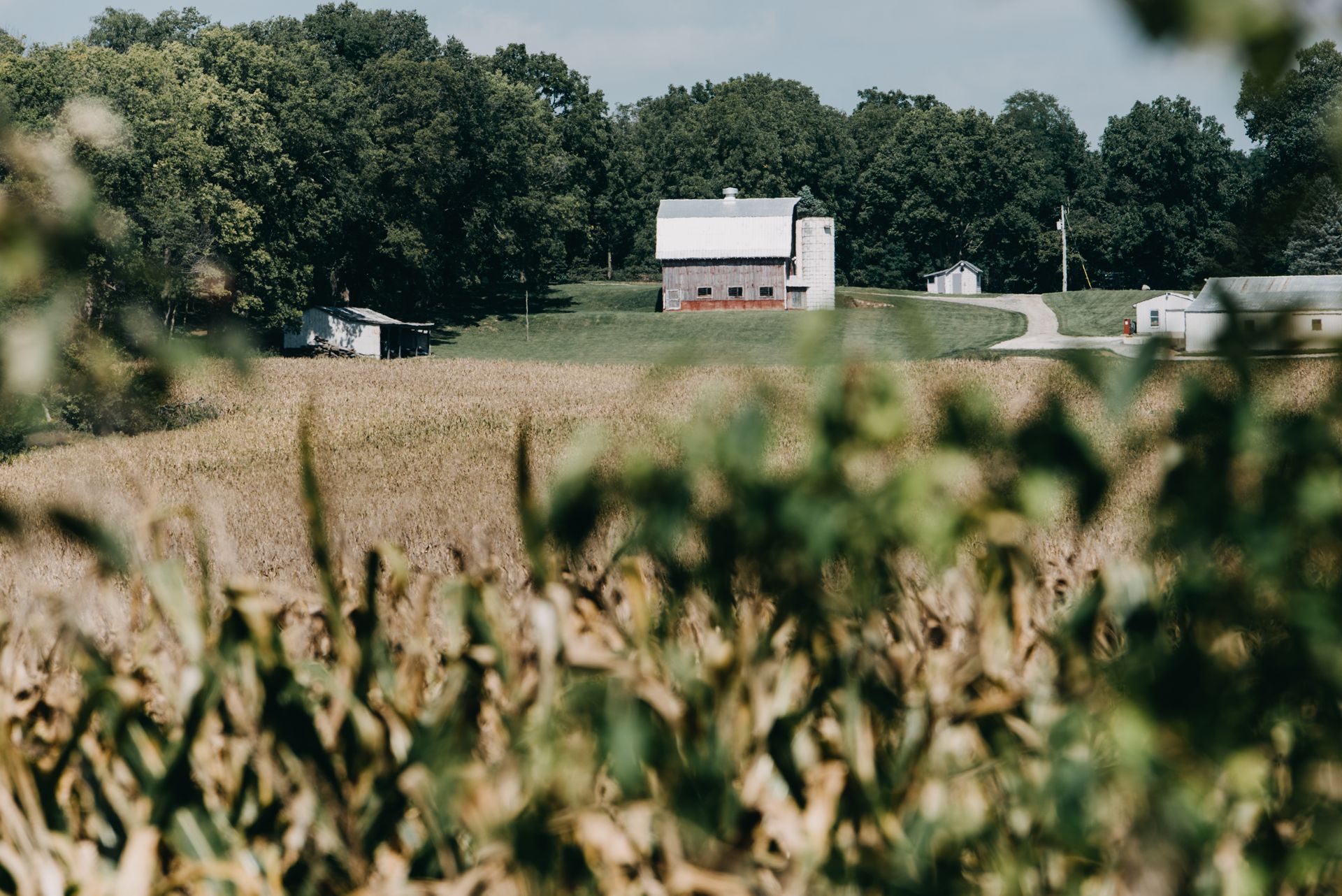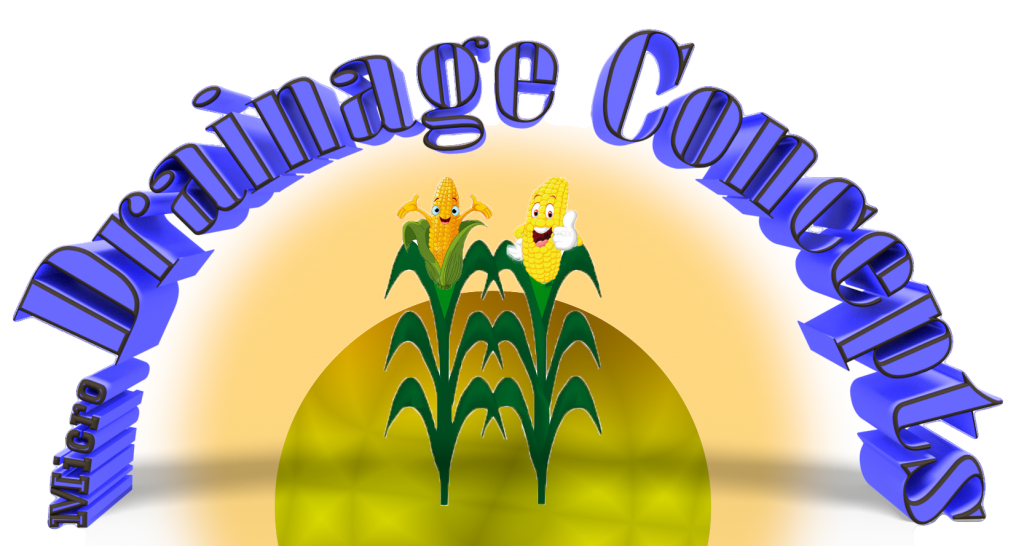
What is "No-till farming“?
It sounds boring, doesn’t it? The term basically describes ways to grow crops each year without disturbing the soil through tillage or plowing. A plow flips over the top layer of soil incorporating nearly all residue into the soil. No-till relies on natural processes to break down residue from the previous crop. This technique increases the amount of water that infiltrates into the soil, the soil's retention of organic matter and its cycling of nutrients.
Why is this important ? Plowing and tillage are major sources of soil erosion around the world — they were key factors behind the Dust Bowl in the 1930s. What's more, churning up all that soil can release a significant amount of carbon dioxide into the atmosphere, helping to warm the planet. So, since the 1980s, more and more American farmers (and policymakers) have started taking no-till farming seriously.
Why did no-till farming spread? For most of human history, farmers plowed their soil to plant crops. The advent of tractors in the 20th century made it even easier to churn up fields. But as soil erosion became a massive environmental problem around the globe, that slowly changed. The erosion that was occurring, as well as some new products and techniques on the horizon, began to bring a change to the way we farm.
- The advent of new herbicides such as atrazine and paraquat in the 1940s and 1950s allowed farmers to kill weeds without plowing up more soil.
- The invention of specialized seeding equipment in the 1960s allowed farmers to plant while barely disturbing the soil.
- Various federal government subsidies for soil conservation also gave farmers incentives to switch practices — (particularly after the 1985 Farm Bill). So did higher oil prices.
But How Many farmers really use this No Till method? According to an article published by the NO-TILL Farmer in March of 2017 “Of the 740,000-plus acres farmed by No-Till Farmer readers who participated in the 9th annual No-Till Operational Benchmark Study, around 80% were managed in a no-till system last year, a nearly 7-point jump from 2015. This was also the highest percentage seen since 2012’s 78.7%.”
We trust that you will see the value of the No-Till method, if you would like further information you can give us a call, we would be happy to discuss it. If you already are using this method take a look at how our high quality 2” drainage pipe can be a huge benefit to your crops.
Contact Us Today!
We would be happy to answer any questions you may have!
-
Address
8105 Malone Rd, Shiloh, OH 44878
-
Phone
(419) 908-5696
-
Email:
Sales@RichlandMicroDrainage.com
